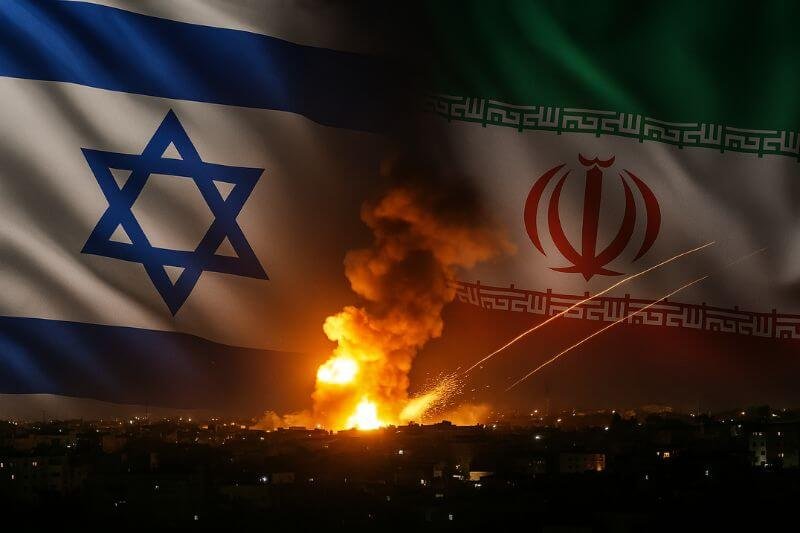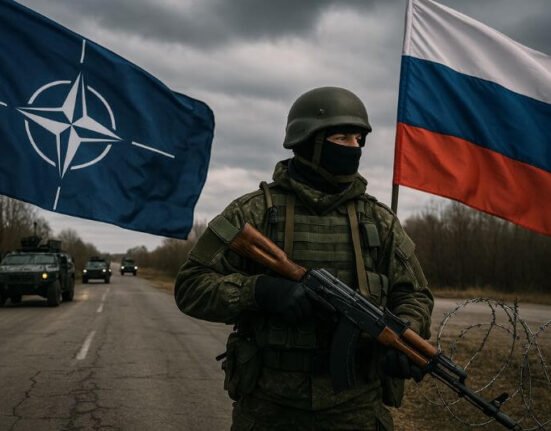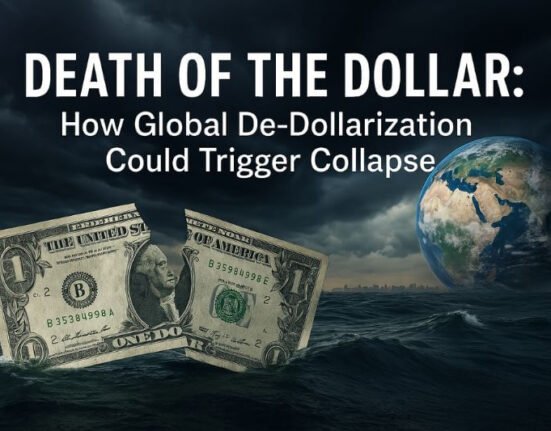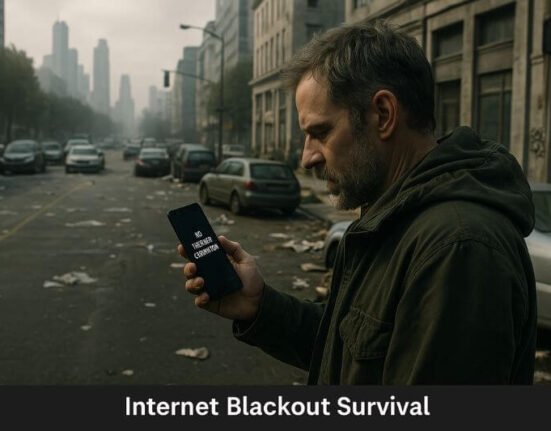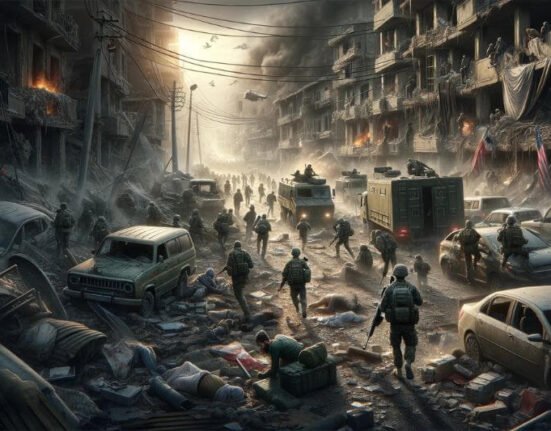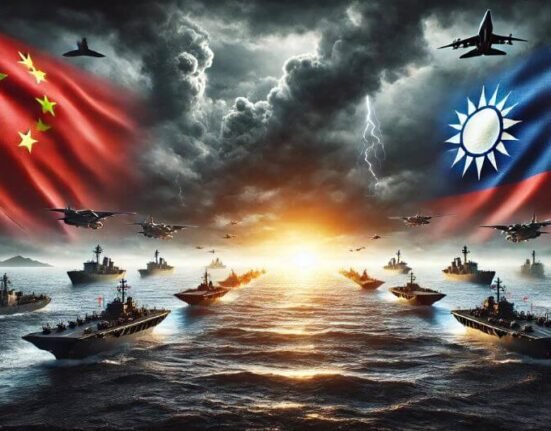Are We On the Brink of Regional War?
Introduction: The Middle East Powder Keg
For decades, the Middle East has been a fragile puzzle of competing powers, proxy wars, religious divisions, and shifting alliances. But among all the rivalries in the region, none has loomed as ominously as the Israel Iran conflict.
In 2025, that tension is no longer theoretical. It’s active, accelerating, and—some say—on the edge of full-scale war.
Military strikes, cyberattacks, assassinations, drone clashes, and nuclear threats have become frequent headlines. Behind the noise is a real possibility: a regional conflict that could redraw the map, devastate economies, and force millions to flee.
For survivalists, the Israel-Iran tension is a geopolitical flashpoint that demands close monitoring, clear analysis, and practical preparation.
What’s Fueling the Current Escalation?
1. Nuclear Ambitions and Red Lines
Iran continues to enrich uranium beyond the levels permitted under the now-defunct 2015 nuclear deal (JCPOA). Intelligence agencies suggest the country is just weeks away from producing weapons-grade material.
Israel has declared—repeatedly and publicly—that it will not allow Iran to become a nuclear power.
“We will act. Alone, if necessary.” – Israeli Prime Minister, early 2025
This red line is the core of the tension: Iran’s nuclear progress vs. Israel’s existential fear.
2. Proxy Warfare
Iran’s influence stretches across the region through a web of militant proxies:
- Hezbollah (Lebanon)
- Hamas and Islamic Jihad (Gaza)
- Houthi rebels (Yemen)
- Shiite militias (Iraq and Syria)
In early 2025, coordinated missile attacks from southern Lebanon and drone strikes from Iraq—allegedly Iranian-backed—hit Israeli infrastructure.
Israel responded with:
- Airstrikes on Damascus and Baghdad
- Cyberattacks targeting Iran’s power grid
- Naval blockades of Iranian-linked shipping routes
3. Cyberwarfare and Intelligence Operations
Both nations are deeply invested in cyber capabilities. In recent months:
- Israel reportedly disabled Iranian missile systems via malware.
- Iran retaliated by breaching Israel’s national water system controls.
- Multiple high-profile assassinations of nuclear scientists and generals occurred—no one officially claims responsibility, but the implications are clear.
This is no longer a cold war. It’s a shadow war with visible flames.
Could This Become a Full-Scale War?
Military Analysts Say: Yes, But…
The conflict has already crossed multiple thresholds:
- Attacks on sovereign territory
- Civilian casualties
- Military buildups near shared borders
But a full-scale war would mean:
- Missile exchanges on capital cities
- Ground invasions (e.g., Lebanon, Golan Heights)
- Involvement of global powers (US, Russia, China)
The key risks now:
- A miscalculation
- A false flag operation
- A “limited strike” that spirals out of control
How Would a Regional War Unfold?
Here’s a likely chain of escalation:
🔥 Phase 1: Israel Strikes First
A preemptive strike on Iranian nuclear facilities (Natanz, Fordow), with precision air raids and cyberattacks.
Iran retaliates immediately:
- Missile volleys on Tel Aviv, Haifa
- Drone swarms from Iraq, Syria
- Hezbollah opens the northern front
🔥 Phase 2: Regional Conflagration
- U.S. bases in Iraq and Bahrain come under fire
- Saudi Arabia is drawn in due to oil infrastructure strikes
- The Strait of Hormuz is closed—global oil markets panic
Civilian evacuations begin across Israel and southern Lebanon. Airports shut down. Internet blackouts spread.
🔥 Phase 3: Global Fallout
- Oil surges above $200/barrel
- Shipping through the Suez Canal drops by 60%
- Refugee flows from Lebanon, Gaza, and Iran overwhelm borders
- Mass cyberattacks hit European and U.S. infrastructure
A localized war becomes a global crisis.
Survivalist Implications of the Israel-Iran Conflict
You may not live in the Middle East—but the effects of a full-scale regional war would reach far beyond the battlefield.
1. Economic Shockwaves
- Global fuel shortages
- Food price spikes
- Currency devaluation in fragile economies
- Stock market instability
Survival move: Diversify assets (precious metals, crypto cold storage, barter items)
2. Supply Chain Disruption
- Delays in electronics, fertilizers, pharmaceuticals
- Shortages of shipping containers
- Overloaded customs and ports
Survival move: Stockpile essentials now (batteries, meds, tools, seeds)
3. Cyber Threat Spillover
Iranian and Israeli cyber units may target civilian systems worldwide—either by intention or by consequence.
Expect:
- Internet disruptions
- Banking outages
- Energy blackouts
Survival move: Build off-grid comms, backup energy, and offline data storage.
4. Immigration Pressure and Regional Destabilization
Millions could be displaced—especially from Lebanon and Syria.
Countries like Turkey, Jordan, Egypt, and even southern Europe may see waves of migration, straining infrastructure and security.
Survival move: Understand the impacts of migration on your area (social tension, resource allocation, security).
What to Watch Closely
- Nuclear Watchdogs – IAEA inspections of Iranian facilities
– Any sign of enriched uranium above 90% - U.S. and NATO Movement – Carrier groups moving toward Persian Gulf
– Emergency meetings with Israeli officials - Cyberattack Patterns – Government agencies issuing malware alerts
– Civilian utilities experiencing “accidents” - Fuel Prices – Sudden spikes = movement in Hormuz or Suez
– Government reserves being tapped - Military Exercises – Watch for “joint drills” that precede real action
– Israeli Iron Dome activity increases
How to Prepare Practically
Even if the war doesn’t go nuclear, the ripple effects can shake global stability for months or years.
✅ 1. Fuel Storage and Efficiency
- Gasoline, diesel, propane (stabilized)
- Solar charging systems
- Bicycle or EV alternatives
✅ 2. Water and Food Independence
- 3+ months of shelf-stable food
- Rainwater collection systems
- Water purification tablets and filters
✅ 3. Info and Comms
- HAM radio license
- Print news and geopolitical maps
- Prepare for media blackouts
✅ 4. Situational Awareness
- Learn to read conflict indicators
- Know local emergency laws and martial law protocols
- Map local supply routes and blackout zones
Could This Turn Nuclear?
Both sides have the capability, but not the same capacity.
Israel:
- Estimated 80–100 nuclear warheads (undeclared)
- Second-strike ability (submarine-launched)
- Iron Dome + Arrow 3 defense system
Iran:
- No confirmed warheads
- Allegedly seeking weaponization ability
- Ballistic missile program (Shahab, Fattah)
The real danger is not mutual destruction—it’s a nuclear “test” or dirty bomb used as a warning.
Conclusion: A Tipping Point for the Region—and the World
The Israel Iran conflict is no longer a background tension. It’s an active ignition point. And as 2025 unfolds, the world watches the Middle East with anxiety and fatigue—but survivalists must watch it with strategy.
Preparedness today means:
- Understanding the alliances
- Monitoring escalation signs
- Building redundancy in energy, water, food, and comms
Because if this conflict escalates, the fallout won’t be just political or military—it will be global, economic, and deeply personal.









